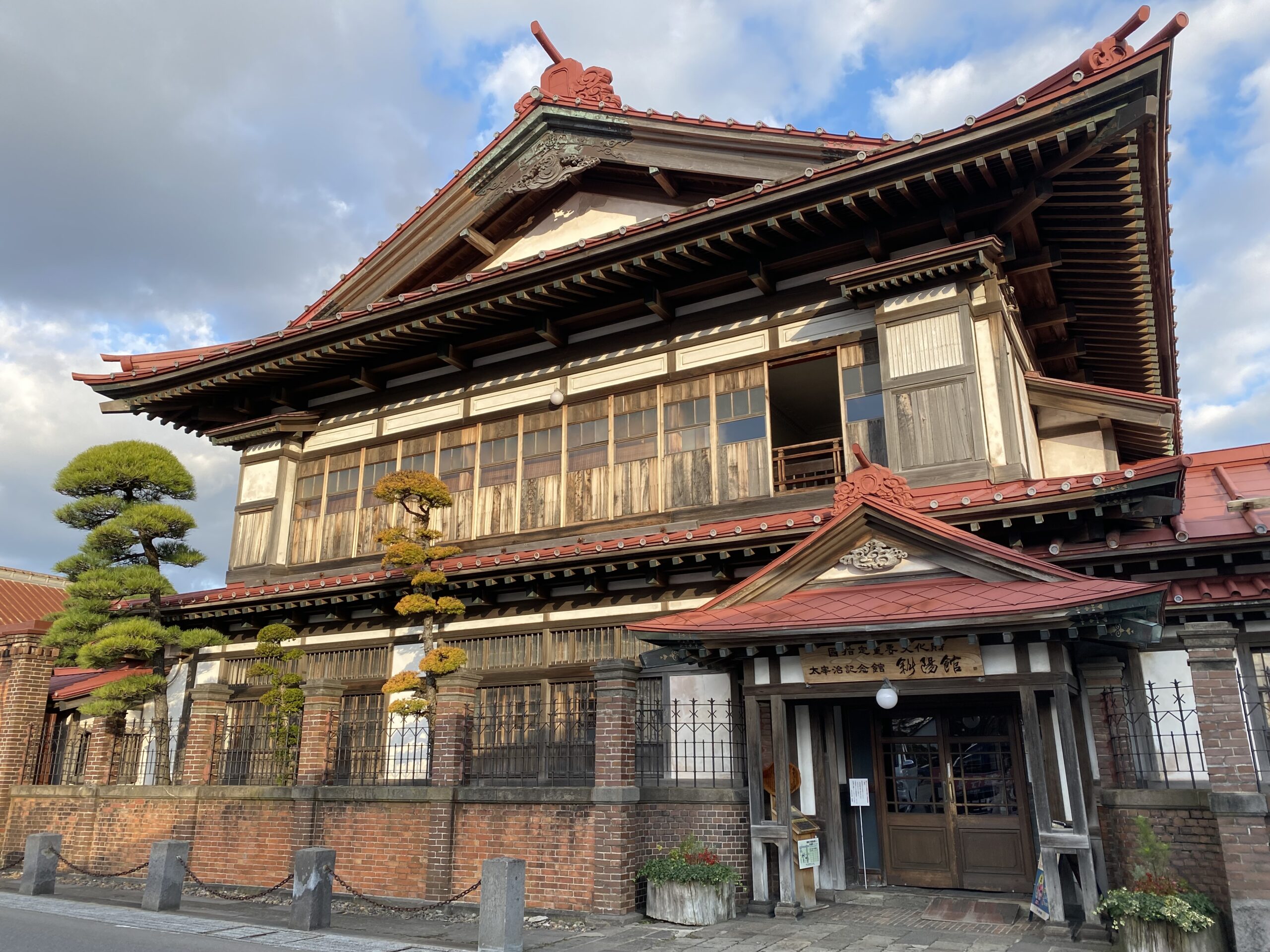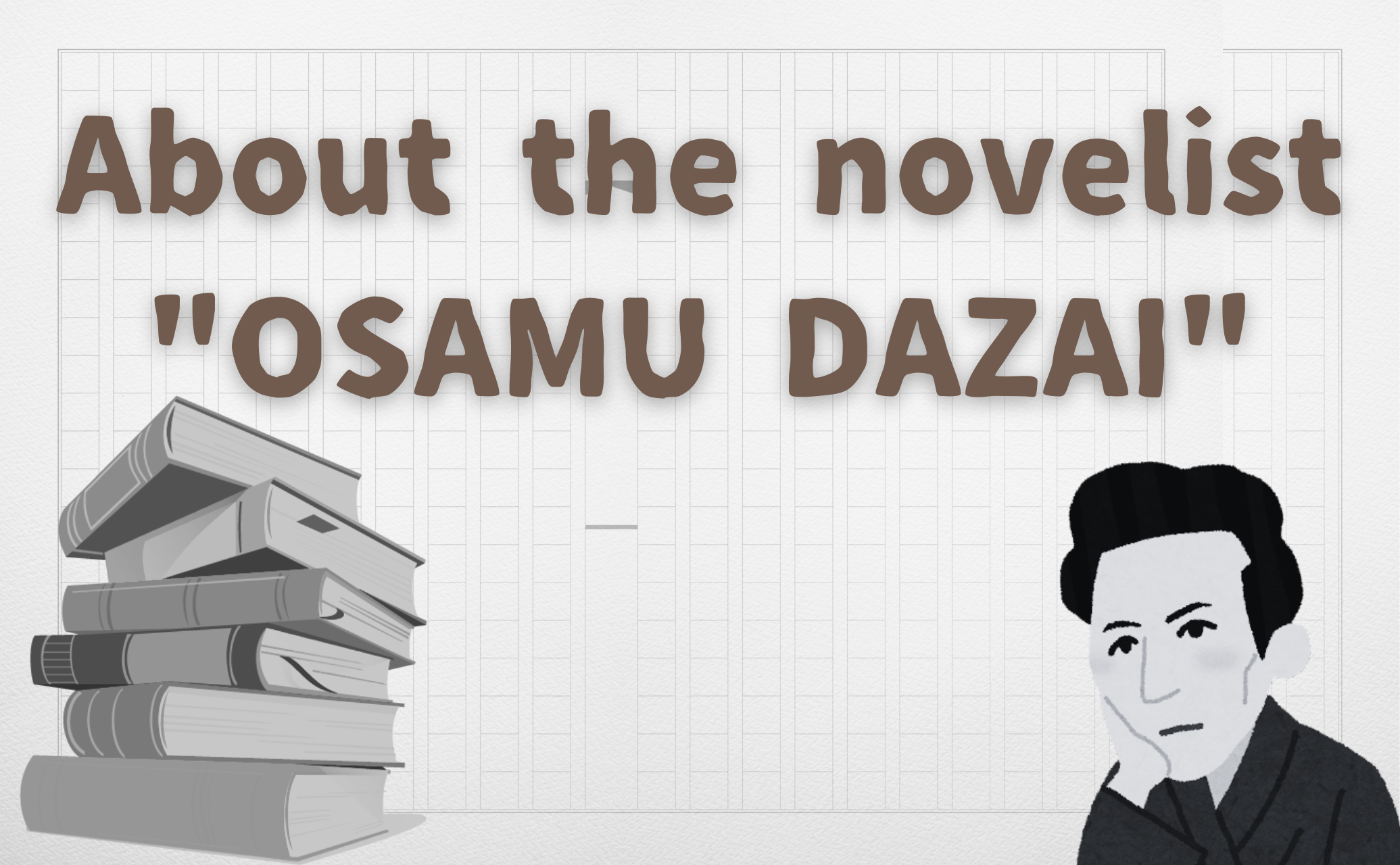Osamu Dazai (1909–1948) remains one of Japan’s most beloved and influential novelists. Though over 60 years have passed since his death, his works continue to touch readers with their raw emotion, dark humor, and deep humanity.
Dazai’s literature is often described as desperate, self-deprecating, and tragic — yet that very fragility is what makes his writing so powerful. For those familiar with his novels and for those discovering him for the first time, exploring his world reveals the depth of his genius.
📚 Selected Works by Osamu Dazai
The Setting Sun (Shayo)
The Setting Sun portrays post–World War II Japan, when the old aristocratic order was fading. Through the lives of a noble family struggling to adapt, Dazai captures the confusion and moral changes of a nation in transition. Upon its release, the book caused a sensation — the term “shayo-zoku” (the declining class) even entered everyday Japanese language.
Tsugaru
In Tsugaru, Dazai returns to his hometown in Aomori Prefecture. Though written in the form of a travelogue, it blurs the line between fiction and memoir. His witty, self-reflective tone shows a rare side of Dazai — warm and humorous.
If you plan to visit the Shayokan (his former home), this is the perfect book to read while traveling through the Tsugaru region.
No Longer Human (Ningen Shikkaku)
Arguably Dazai’s most famous and best-selling novel, No Longer Human explores the alienation and despair of a man unable to fit into society. Published shortly before Dazai’s death, it’s often seen as his final confession.
The title’s stark honesty continues to resonate with readers who struggle to find meaning and acceptance in modern life.
🏡 Osamu Dazai’s Hometown: Kanagi, Aomori
Dazai was born in Kanagi, a small town on the Tsugaru Peninsula in Aomori Prefecture. His family, the Tsushima clan, were wealthy landowners and respected figures in the region.
Today, his birthplace is preserved as the Osamu Dazai Memorial Museum (Shayokan). The elegant architecture of the Tsushima family home reflects both prosperity and history — making it a fascinating place for literature lovers and cultural travelers alike.
Visitors can view manuscripts, letters, and personal belongings of the author while experiencing the northern climate and quiet atmosphere that inspired much of his writing. Standing in Kanagi, it’s easy to imagine how Aomori’s harsh winters and emotional landscapes shaped his melancholic worldview.
🏛️ Osamu Dazai Memorial Museum “Shayokan”

Getting There
Traveling to Shayokan requires patience — and planning. It’s not an easy day trip from Tokyo, but the journey is part of the experience.
Recommended Route:
Tokyo Station → (Tohoku Shinkansen, 200 min) → Shin-Aomori Station → (JR Ōu Line, 30 min) → Kawabe Station → (JR Gono Line, 30 min) → Goshogawara Station → (Tsugaru Railway, 20 min) → Kanagi Station
From Kanagi Station, it’s about a 10-minute walk to the museum.
Tip: Train connections are infrequent, so be sure to check schedules in advance!
Visiting Time
Allow 30–40 minutes for a quick visit, or about an hour if you want to explore all rooms and exhibits carefully.
🕊️ The Final Chapter of His Life and “Oto-ki” Memorial Day
Osamu Dazai’s death is as well-known as his writing. Struggling with mental illness and despair, he ended his life in Tokyo’s Tamagawa-josui canal alongside his lover. Their bodies were found tied together — a tragic ending that continues to fascinate readers.
He was discovered on June 19, his birthday, during cherry season. This coincidence inspired his fans to name the memorial day “Oto-ki”, after the “cherry” (oto) from one of his works, The Flowers of Buffoonery (Oto no Hana).
Each year, admirers gather at Zenrin-ji Temple in Mitaka, Tokyo, to pay tribute to the writer whose words still echo in Japanese literature and hearts today.
✨ Conclusion: Understanding Osamu Dazai’s Timeless Appeal
Osamu Dazai’s works remind us of the beauty and pain of being human. Whether you’re drawn to his novels or planning a literary journey to his hometown, exploring his world offers a deep, emotional look into Japan’s modern literary soul.
A trip to Aomori’s Shayokan is not just a visit — it’s a pilgrimage to understand one of Japan’s greatest storytellers.

